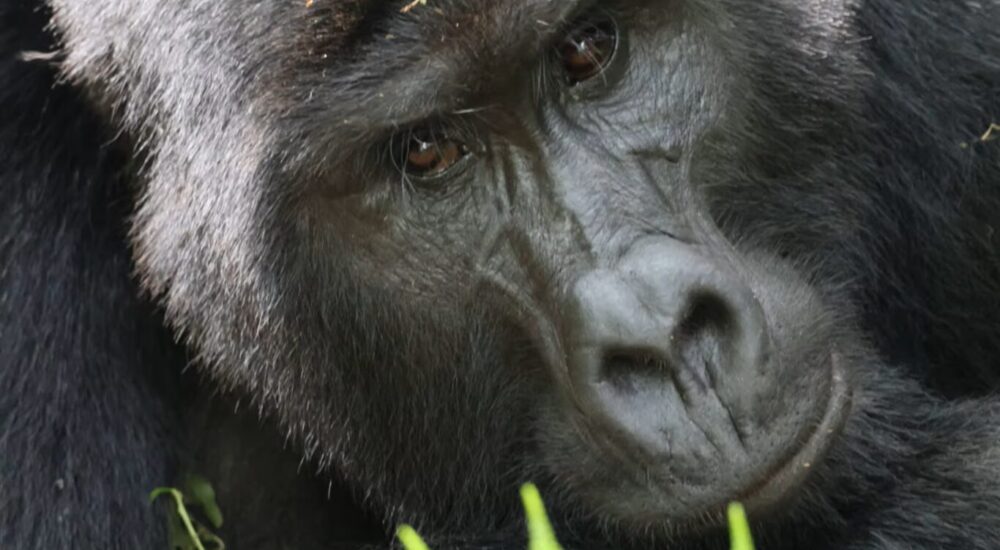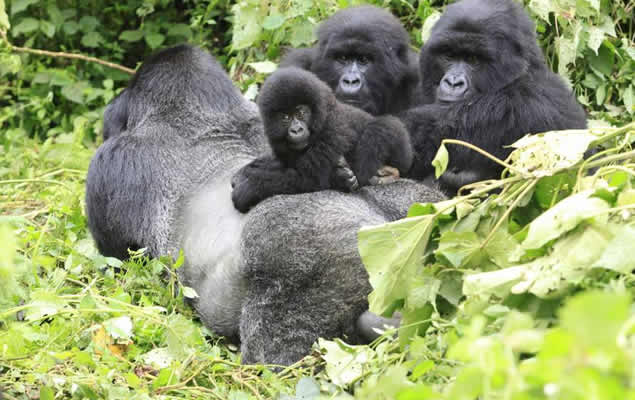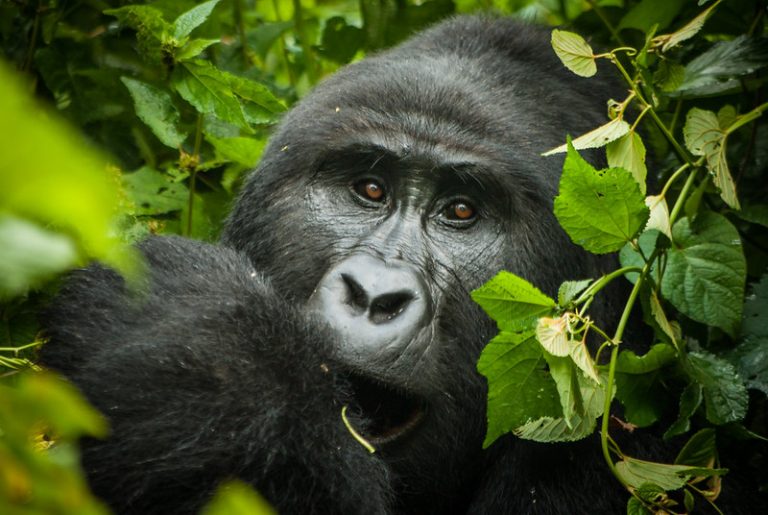What is Gorilla Trekking? Best Destinations for Family-Friendly Gorilla Trekking Preparing for Your Gorilla…
Kenya or Tanzania? Which is the best safari destination?
Kenya or Tanzania? Which is the best safari destination?
Picking between Kenya and Tanzania for your African vacation is not as simple as it may appear.
Considering their proximity, integrating Kenya and Tanzania into a single vacation is not straightforward. Looking at a map of East Africa, it may appear that you may cross the border from Tanzania’s Serengeti National Park to Kenya’s Masai Mara National Reserve, and vice versa; however, this is only feasible on a private fly-in safari.
We recommend a minimum of two weeks if you wish to see both countries. To break it down, this is 14 days or 13 nights, giving you 6 or 7 nights in each nation.
Two weeks gives you enough time to explore two safari destinations in Kenya, return to Nairobi, and then go south to Arusha for two days on safari in Tanzania.
Kenya and Tanzania Shared Interests
The yearly great migration of wildebeest and zebra may be seen in both nations, albeit at different periods of the year; see below for further information.
Maasai people can be found in both nations.
It is relatively simple to build a tropical beaches expansion, such as Diana Beach in Kenya or Zanzibar in Tanzania.
Road and air safaris are available in both nations.
Kenyan and Tanzanian differences
The Great Migration follows a clockwise round route between the Serengeti and the Masai Mara every year. From late July through October, herds of wildebeest and zebra may be found in Kenya’s Masai Mara. They spread across the border into the Serengeti’s northern savanna (Lamai Triangle area). The northern Serengeti is a great place to watch the migration since it has fewer tourists than the Masai Mara; however, it is crucial to know that the northern Serengeti is only accessible by light aircraft.
Throughout September and October, the herds migrate between Kenya and Tanzania, returning to the Serengeti in November. From January through March, the herds give birth in the Serengeti’s Ndutu and southern areas. Following calving, they gradually begin to migrate northward for the famed river crossings in July and August, completing their yearly cycle, which they will repeat.
Kenya, unlike Tanzania, has private wildlife conservancies. The distinction between a national park/game reserve and a private wildlife conservancy is that the latter is made up of portions of the property leased from landowners to form a larger conservancy for the aim of wildlife conservation and improved lifestyles. The private wildlife conservancies encircling the Masai Mara National Reserve, for example, are land leased from the native Maasai for tourists.
Conservancies enhance national parks and game reserves by enabling neighboring local communities to recognize and take responsibility for conservation efforts while also benefiting personally from animal management. With 65% of Kenya’s wildlife residing on community and private properties, conservancies provide linked landscapes that complement national parks and reserves, while also allowing people to benefit from wildlife management and, as a result, be at the forefront of conservation efforts.
Reasons to go on safari in Kenya: In general, Kenya is less expensive than Tanzania, owing mostly to Tanzania’s higher park fees and government levies.
Kenya is home to several communal, cooperative, and private wildlife conservancies. For example, 15 conservancies in the Maasai Mara preserve nearly 450,000 acres of crucial habitat for the epic Serengeti-Mara wildebeest migration.
Nairobi International Airport serves as the East African gateway, making it easy to fly into and out of Kenya. Most visitors must fly from Nairobi to Kilimanjaro Airport in Tanzania.
Nairobi, as a metropolis, has more to offer than Arusha.
Kenya is an excellent location for viewing the Southern White Rhino, Northern White Rhino, and Black Rhino.
Reasons to go on safari in Tanzania
Tanzania has seven UNESCO World Heritage sites, including the Serengeti National Park and the Ngorongoro Conservation Area.
A road-based safari of the Northern Circuit (Serengeti, Ngorongoro, Lake Manyara, and Tarangire National Park) is easier to conduct than in Kenya, where the wildlife sites are more dispersed.
Mount Kilimanjaro, Africa’s tallest peak, is located in Tanzania.
Serengeti National Park, with 14,750 square kilometers, is far less populated than Masai Mara National Reserve, which is barely 1,500 square kilometers.
The commonalities between Kenya and Tanzania outnumber the contrasts between these two safari locations. While deciding whether to go on safari in Kenya or Tanzania, these three factors usually come into play:
The time you have available for your safari the time of year you want to travel your budget
Additionally, important considerations to remember…
If you want to avoid the annoying throng during high season, private wildlife conservancies in Kenya are a necessity.
Searching for less-traveled wildlife regions with amazing game viewing? And Southern and Western Tanzania triumph!
If you want to go walking, whether for a morning or afternoon walk or a multi-day trek, Kenya provides numerous possibilities.


